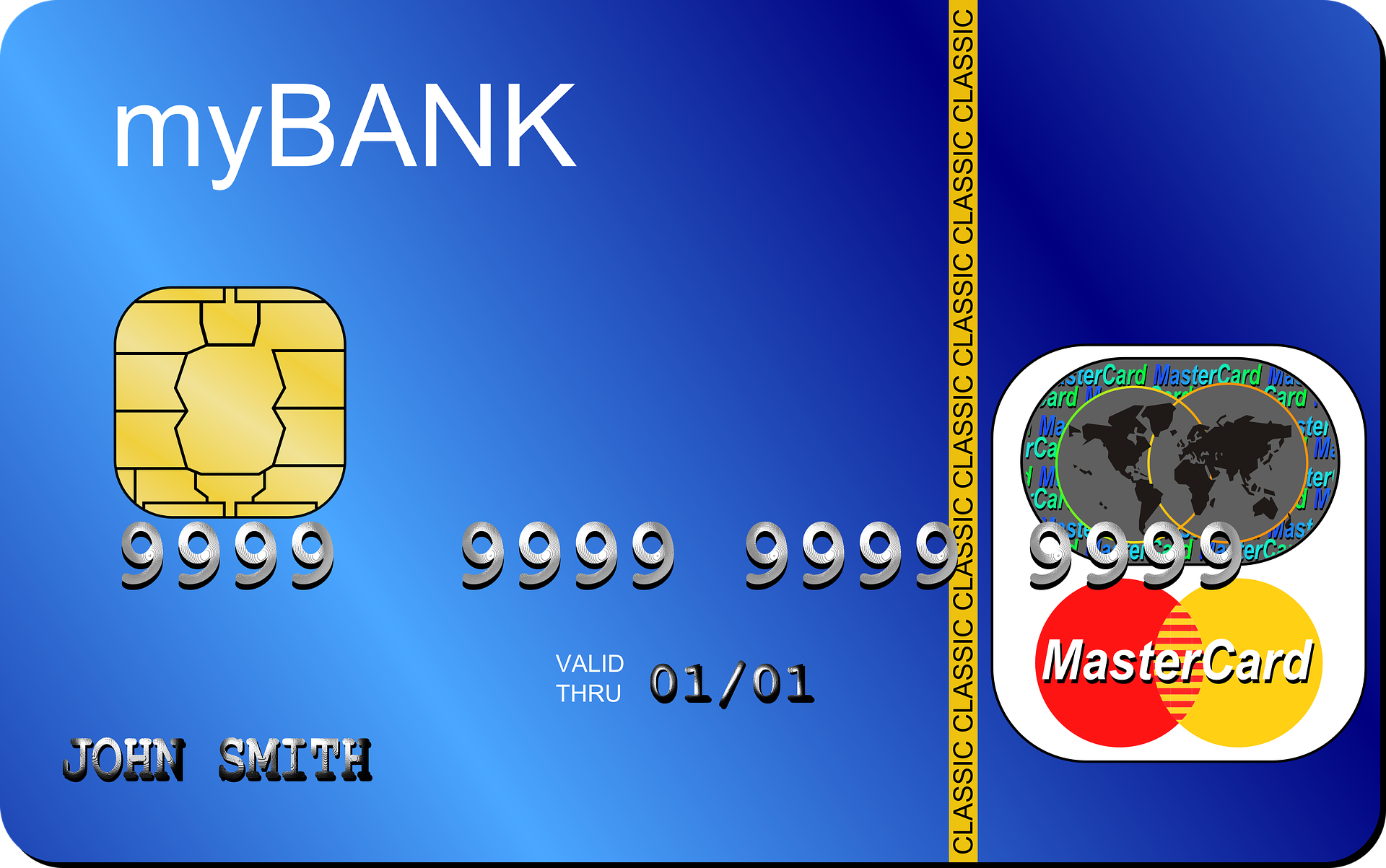You hold in your hand, a debit card. Or perhaps, a credit card.
Where all can they be used?
At the very least, they can be used to:
A. Withdraw money from an Automated Teller Machine (ATM)

B. Buy something at a store that has accepts your card.

C. Buy things online at e commerce sites like Amazon, eBay, etc.

Typically, it takes less than 1 minute to process payment on a card. So it looks simple. But it is not simple.
These are the things that happen when you use your debit or credit card:
A. Check that the card can be accepted at this place (ATM/Website/Point of sale terminal.)
B. Check that the user has enough credit balance.
C. Deduct the balance from the account of the user.
D. Send approval to the merchant.
Someone needs to have a system that tracks all this.
Now, your bank can, obviously, create a simple thing to check your credit or bank balance to do this. But then, your bank will also have to provide machines to every store where you are likely to use your debit or credit card. And to every website.
Suppose we travel outside our country. What happens then? Can a bank really provide point of sale network to every store in the world? Will it be allowed to?
This is where payment processing companies come in.
Visa and Mastercard are the two main companies that provide this service. They tie up with banks and credit card providers all over the world. This allows card users to use their cards at many shops and ATMs. It also allows traders to collect payments from cards issued by many banks by simply having a Visa or Mastercard machine installed.
But, how do these companies make money?
They make their money in many ways. But the main way is to charge a small processing fees for every transaction that happens on their network.


2 Replies to “What are Visa and Mastercard?”
Comments are closed.